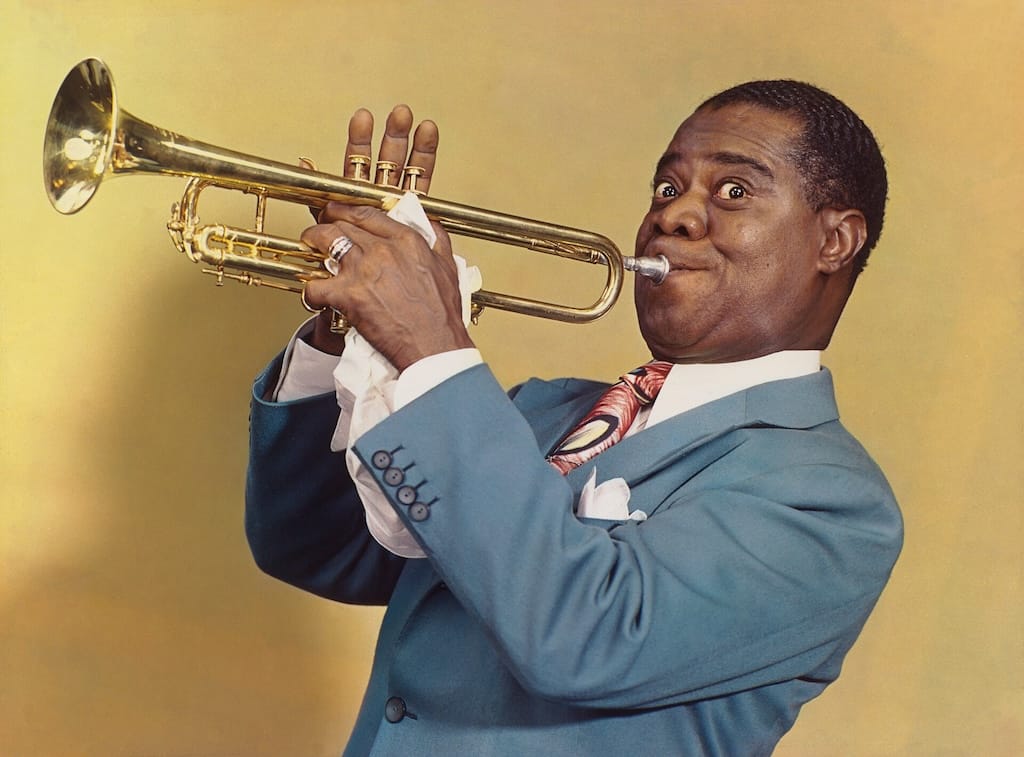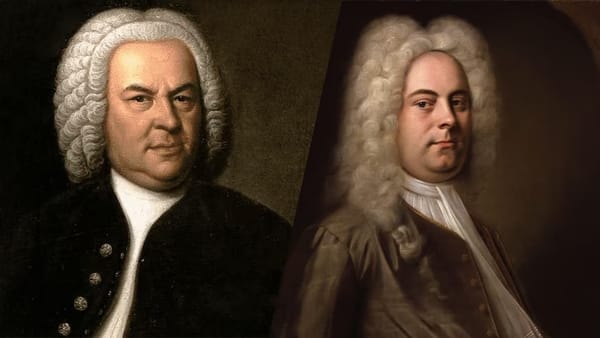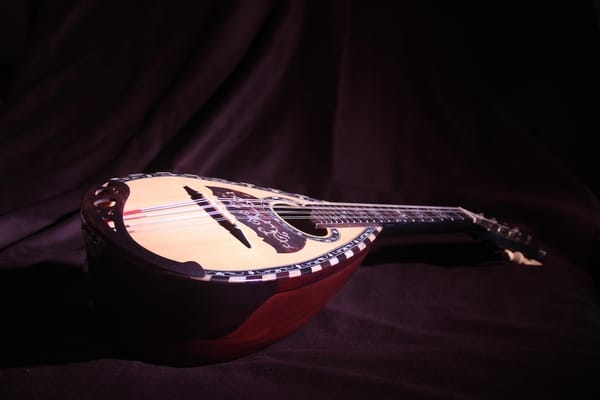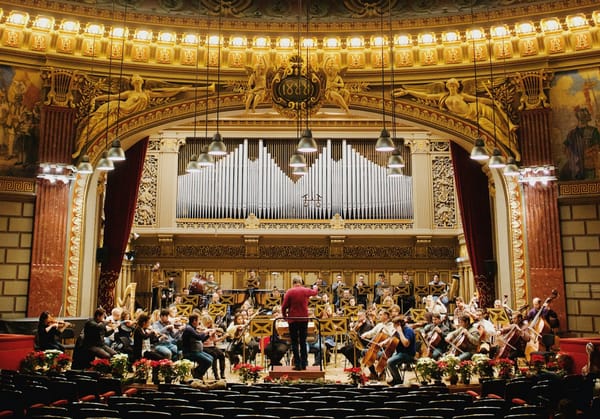From Blues to Bebop: The Evolution of Jazz Styles
Tracing jazz from its blues roots to the brilliance of bebop, this article explores how the genre evolved through innovation, rhythm, and improvisation to become one of the twentieth century’s greatest musical legacies.

Few musical traditions capture the pulse of modern life as vividly as jazz. Born in the African American communities of the early twentieth century, jazz grew from spirituals, work songs, and the blues, evolving into one of the most expressive and sophisticated musical languages of our time. Across decades, its styles transformed in response to shifting social, cultural, and artistic currents, each generation of musicians reshaping the music while preserving its spirit of freedom and improvisation.
To trace the evolution of jazz is to follow the story of twentieth-century music itself, a journey from the raw emotion of the blues to the intellectual agility of bebop, and beyond.
Blues and Ragtime
Before jazz had a name, it had a feeling. In the Deep South after the Civil War, African American musicians created music that expressed both sorrow and resilience: the blues. Rooted in call-and-response patterns and the expressive bending of notes, blues melodies spoke directly to human experience. This music became the emotional foundation of jazz, teaching musicians how to infuse structure with feeling.
At the same time, ragtime, a syncopated piano style exemplified by Scott Joplin, brought rhythmic complexity and formal balance. Ragtime’s notated compositions were a bridge between folk improvisation and classical discipline. When the blues met ragtime’s rhythmic energy, the stage was set for jazz’s birth.
New Orleans Jazz
The first true jazz style emerged around 1900 in New Orleans, a city alive with musical crosscurrents including African rhythms, Caribbean influences, brass band marches, and French quadrilles. Early jazz, often called Dixieland or New Orleans jazz, featured collective improvisation, with several instruments weaving spontaneous counterpoint around a melody.
Cornetist Buddy Bolden is often remembered as jazz’s first innovator, though no recordings survive. By the 1910s, bands like King Oliver’s Creole Jazz Band and a young Louis Armstrong began shaping the idiom into something distinctly modern. Armstrong’s fearless improvisation and rhythmic phrasing transformed jazz from an ensemble style into a soloist’s art. His recordings in the 1920s, particularly with the Hot Five and Hot Seven, defined swing, phrasing, and emotional directness for generations.
The Swing Era
By the 1930s, jazz had migrated from the dance halls of New Orleans and Chicago to the grand ballrooms of New York. The Swing Era had arrived, built on driving rhythm sections, tight arrangements, and irresistible danceability.
Duke Ellington elevated swing into art, crafting sophisticated orchestrations that fused jazz rhythm with harmonic richness. His band became a laboratory for color and texture, producing masterpieces like Mood Indigo and It Don’t Mean a Thing (If It Ain’t Got That Swing). Meanwhile, Count Basie’s Kansas City orchestra emphasized groove and improvisational freedom, laying the groundwork for rhythm and blues.
Swing also introduced star soloists such as Coleman Hawkins, whose robust tenor saxophone tone defined the instrument’s voice in jazz, Benny Goodman, the “King of Swing,” who brought jazz to Carnegie Hall, and Billie Holiday, whose vocal phrasing turned songs into intimate confession.
Swing’s popularity coincided with the Great Depression and World War II, times when dance music provided much-needed escape. Yet even as audiences swayed to its rhythms, younger musicians began yearning for something more complex and individualistic.
Bebop
Out of late-night jam sessions in Harlem clubs like Minton’s Playhouse, a new sound began to emerge in the early 1940s. Fast, harmonically daring, and intellectually charged, this was bebop, jazz’s first true modernist movement.
Pioneers like Charlie Parker, Dizzy Gillespie, Thelonious Monk, and Bud Powell redefined the music’s grammar. Bebop abandoned the dance beat of swing in favor of asymmetrical phrasing, rapid chord changes, and virtuosic improvisation. Parker’s saxophone lines darted across harmonies with dazzling precision; Gillespie’s trumpet soared with rhythmic wit; Monk’s piano dissonances challenged traditional notions of melody and form.
Bebop was less about entertainment and more about artistic identity. It asserted jazz as serious music, a vehicle for personal expression and intellectual exploration. In doing so, it laid the foundation for every subsequent style of modern jazz.
Cool Jazz and Hard Bop
In the 1950s, jazz splintered into contrasting directions. Cool jazz emerged as a reaction to bebop’s intensity. Musicians like Miles Davis, Chet Baker, and Dave Brubeck emphasized relaxed tempos, lyrical phrasing, and subtle tone colors. Davis’s Birth of the Cool sessions (1949–50) epitomized this aesthetic, offering chamber-like textures and understated emotion instead of bebop’s feverish energy.
Meanwhile, hard bop returned to jazz’s earthy roots. Artists such as Art Blakey, Horace Silver, and Clifford Brown fused bebop’s complexity with the emotional directness of blues and gospel. Hard bop grooves were muscular, its harmonies soulful, music meant to speak both to the mind and to the body.
If cool jazz whispered sophistication, hard bop preached conviction.
Modal Jazz and the Spirit of Freedom
By the late 1950s, Miles Davis again pushed jazz into new territory with Kind of Blue (1959). Instead of fast-moving chords, modal jazz used static scales or “modes,” allowing greater melodic freedom. This shift gave rise to a meditative, spacious sound exemplified by Davis, John Coltrane, and Bill Evans.
Coltrane, in particular, took modal exploration into spiritual dimensions with albums like A Love Supreme (1965), where improvisation became a form of prayer. Modal jazz’s openness paved the way for the freer experiments that would follow.
Free Jazz
The 1960s were an age of social upheaval, and jazz reflected that unrest. Free jazz rejected predetermined structures entirely, embracing collective improvisation and raw expression.
Ornette Coleman’s 1960 album Free Jazz gave the movement its name, featuring two quartets improvising simultaneously. Cecil Taylor and Albert Ayler expanded the concept further, treating sound itself as emotion, a radical challenge to harmony and meter. For some listeners, it was chaos; for others, it was liberation. Either way, it reaffirmed jazz’s essence, the search for freedom within form.
Fusion
In the 1970s, as electric instruments and studio technology advanced, jazz fused with rock and funk. Jazz fusion married complex improvisation with rhythmic grooves and amplified power.
Miles Davis led the charge again with Bitches Brew (1970), an atmospheric, electric masterpiece that blurred genre boundaries. Groups like Weather Report, Return to Forever, and Mahavishnu Orchestra carried this spirit forward, combining virtuosic musicianship with rock’s energy. Fusion expanded jazz’s audience and redefined what the genre could encompass, from jazz-rock hybrids to funk-inflected jams.
Neo-Traditionalism and Beyond
By the 1980s, jazz faced the challenge of preserving its heritage while continuing to evolve. Trumpeter Wynton Marsalis led the neo-traditionalist movement, returning to acoustic forms and the swing-bop language of the 1940s and 1950s. His work, alongside institutions like Jazz at Lincoln Center, reaffirmed jazz’s place as a great American art form.
Meanwhile, other artists including Herbie Hancock, Pat Metheny, and later Esperanza Spalding, continued exploring hybrid approaches, integrating electronic sounds, world music, and pop influences. Today, jazz exists as a spectrum rather than a style, from avant-garde experimentation to nostalgic revival, from smoky clubs to symphony halls.
The Continuing Conversation
What unites all jazz styles, from blues to bebop and beyond, is a spirit of conversation. Jazz is not static; it is an ongoing dialogue between tradition and innovation, between musicians and audiences, between past and present. In the century since its birth, jazz has absorbed influences from every corner of the musical world while maintaining its identity as a language of improvisation and emotion. Each era, from Armstrong’s trumpet to Coltrane’s saxophone, from Monk’s piano to Davis’s silence, added new words to that language.





